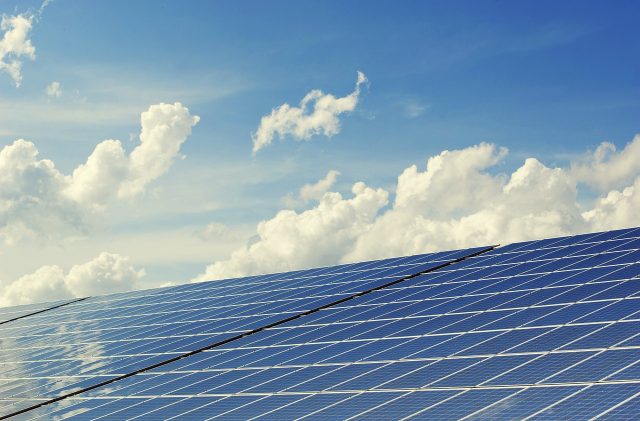
In 2024, Italy marked an important milestone in the energy transition, with almost half of the national electricity requirement covered by renewable sources.
According to the energy balance published by Terna, the company that manages the national electricity grid, 41.2% of the energy consumed was produced from renewable sources, the highest figure ever recorded in the country. In absolute terms, 312 thousand gigawatt hours (GWh) of electricity were consumed in 2024, with 128 thousand GWh coming from renewable sources. This result was possible thanks to the significant increase in the installed capacity of renewable plants, which recorded a 29% growth compared to 2023, adding 1.6 gigawatts (GW) to the grid.
Currently, the total power of renewable plants in Italy has reached 76.6 GW, of which 37.1 GW from photovoltaic and 13 GW from wind. Energy storage infrastructures, such as batteries for self-consumption, have also seen a significant increase with 730 thousand new installations that have added 5.5 GW of power. Despite the increase in installed capacity, total electricity production from renewable sources has grown by “only” 13.4%. This data reflects an intrinsic characteristic of renewable sources: variability. Unlike a coal power plant, which can operate at full capacity for almost the entire year, wind and photovoltaic plants depend on weather conditions such as wind and sun, making their production less constant. In 2024, renewable sources were particularly productive in the first six months of the year, thanks to favourable weather conditions. Hydroelectric production increased by 30.4%, followed by photovoltaic with an increase of 19.3%. However, wind production fell by 5.6%, as did geothermal production (-0.8%). Another significant figure for 2024 is the 6.2% drop in energy production from fossil fuels. This result is mainly attributable to the progressive decommissioning of coal-fired power plants, a strategic choice to reduce greenhouse gas emissions and promote a transition to a more sustainable energy model. Analysing renewable sources in detail, wind plants contributed 32.3% of total production, followed by hydroelectric plants (26.8%), photovoltaic (20.4%), biomass plants (15%) and geothermal (5.5%). These numbers highlight the importance of a diversified mix of renewable sources to ensure greater resilience and stability to the electricity grid. Despite significant progress, the path towards decarbonization of the Italian energy sector is not without challenges. The variability of renewable sources requires a strengthening of energy storage infrastructure and further integration of electricity networks to manage production and consumption peaks.
Furthermore, it will be essential to continue investing in technological innovation to improve the efficiency of existing plants and develop new ones. The growth of photovoltaic and wind power, in particular, could be accelerated through incentive policies and bureaucratic simplification, making the installation of new plants more accessible at both industrial and domestic levels. The record achieved by Italy in 2024 represents a positive signal not only at national level, but also at European level. With 41.2% of electricity produced from renewable sources, Italy is positioning itself as a virtuous example in the fight against climate change and in the transition to a more sustainable energy system. This result demonstrates that, despite the difficulties, it is possible to reconcile economic growth with environmental protection, while promoting technological innovation and the creation of new job opportunities in the renewable energy sector.
2024 marks a turning point for Italy on its journey towards a more sustainable energy future. The increase in installed capacity and production from renewable sources, together with the reduction in dependence on fossil fuels, highlights the country’s commitment to the ecological transition. However, to maintain and accelerate this momentum, it will be necessary to address the challenges related to network management and plant efficiency, while promoting policies that further incentivize the adoption of renewable energy. Europe as a whole will look to Italy as a valid and effective example in the perspective of ecological transition hoped for by many.



 Subscribe
Subscribe